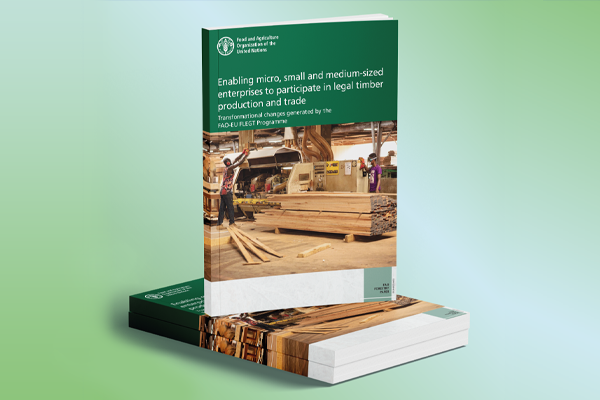Publications
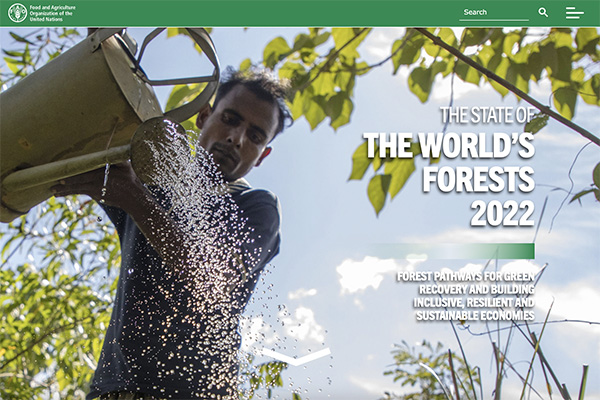
Flagship publication
The State of the World's Forests
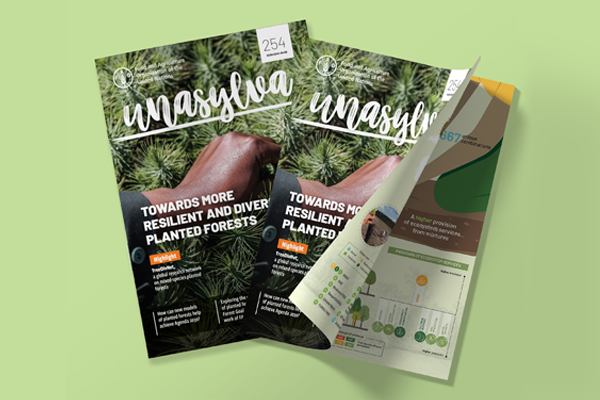
International forestry journal
Towards more resilient and diverse planted forests

FAO Yearbook of Forest Products
Sustainability by numbers: Forest products at FAO

Global Forest Resources Assessment
Global Forest Resources Assessment 2020
Search by
New releases
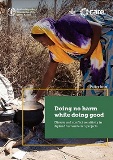
National forest resources monitoring and assessment of Tanzania's forests
08/2022
Competition for natural resources in dryland areas often leads to conflict between host communities and displaced people. This policy brief evidences this fragility of ecosystems in humanitarian settings through a thorough review of three innovative projects implemented by FAO, CGIAR and CARE, consultations with Think Tank organizations in Africa and Middle East and practitioners on the ground

Timber traceability – A management tool for governments. Case studies from Latin America
07/2022
This report aims to document lessons and best practices in the planning of government-led timber traceability systems in Latin America to provide a reference for other countries that are tasked with developing and implementing similar systems. It also seeks to help other audiences recognize that traceability is global trend and is becoming a new norm for conducting business and trade in international wood markets.
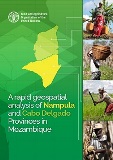
A rapid geospatial analysis of Nampula and Cabo Delgado provinces in Mozambique
06/2022
FAO conducted a geospatial assessment of Cabo Delgado and Nampula provinces of Mozambique for the period 2016–2021, with a particular focus on key indicators related to access to energy (biomass), food (change of agricultural land) and water (agricultural drought).
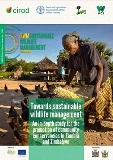
An in-depth study for the promotion of community conservancies in Zambia and Zimbabwe
06/2022
Zambia and Zimbabwe, with Angola, Botswana, and Namibia, constitute the Kavango Zambezi Transfrontier Conservation Area (KaZa-TFCA), which is the largest transfrontier conservation area in the world (520 000 km²), whose key objective is to join fragmented wildlife habitats to form an interconnected mosaic of protected areas and transboundary wildlife corridors. In this region, wildlife populations have declined over the past three decades, mainly due to poaching and loss of habitat.

Fostering coexistence through a poverty reduction approach
06/2022
The Tarija region of southern Bolivia encompasses four ecosystems, including the critically endangered Inter-Andean dry forests. Much of the forest composition has changed as a result of intensive human intervention.


